Cassava is an essential food plant in many tropical countries. Its roots are used to make flour, bread and tapioca. The roots resemble the tubercle of a dahlia. This plant contains cyanide, which protects it from locusts and other insects. Cassava must be cooked to catch its poison. We also use to make glue.
*Cassava grows in hot regions of Asia and Africa.












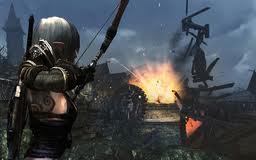

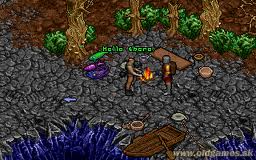
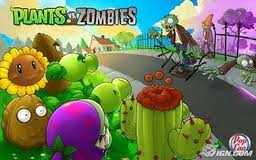

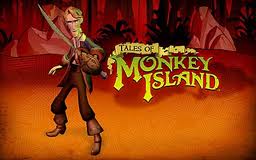
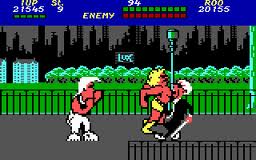








0 commentaires:
Post a Comment